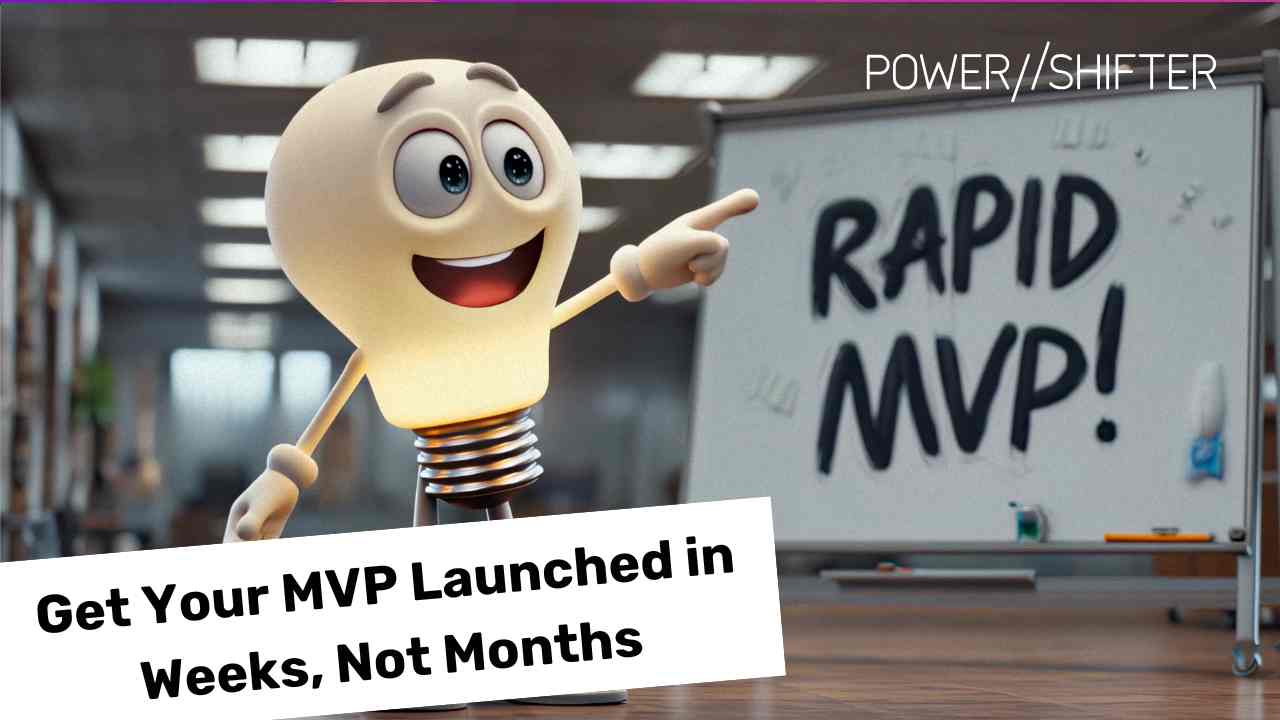Understanding the Basics of Headless CMS: A Comprehensive Guide
In the fast-evolving world of digital content, the need for agility and flexibility has never been greater. Traditional content management systems (CMS) have served us well, but their limitations are becoming increasingly apparent as businesses seek to deliver content across a growing number of platforms and devices. This is where headless CMS solutions, like Contentful and Sanity, come into play, offering a new level of freedom and efficiency.
But before diving into the world of headless CMS, it’s essential to understand what sets these systems apart from their traditional counterparts and why they might be the right choice for your business.
What Is a Headless CMS?
At its core, a headless CMS decouples the content management backend (the “body”) from the frontend presentation layer (the “head”). Unlike traditional CMSs, where content creation, management, and delivery are tightly integrated into a single system, a headless CMS allows you to manage content independently of how and where it will be displayed.
This separation is made possible through APIs (Application Programming Interfaces) that serve content to any platform, whether it’s a website, mobile app, digital display, or even a smartwatch. The content itself is stored in a central repository, accessible by any frontend system through API calls, which can then format and display the content according to its needs.
The Key Advantages of Headless CMS
1. Flexibility Across Platforms: One of the most significant benefits of a headless CMS is the ability to deliver content seamlessly across multiple platforms. Whether you’re managing a website, mobile app, or other digital touchpoints, a headless CMS allows you to create content once and deploy it anywhere, ensuring a consistent user experience.
2. Future-Proofing Your Content Strategy: Technology and consumer preferences are constantly evolving. A headless CMS like Contentful or Sanity provides a future-proof solution by enabling you to easily adapt to new platforms and technologies without overhauling your entire CMS. As new devices emerge, your content can be quickly adapted and deployed, keeping you ahead of the curve.
3. Enhanced Developer Experience: For developers, the headless approach offers the freedom to use any frontend technology or framework. This flexibility not only speeds up development but also allows for the creation of highly customized user experiences. Developers are no longer constrained by the limitations of a traditional CMS, leading to more innovative and efficient solutions.
4. Improved Performance: By separating the backend from the frontend, a headless CMS can deliver content more efficiently. This decoupling often results in faster load times and a more responsive user experience, which are critical factors for user engagement and SEO performance.
When to Consider a Headless CMS
While the benefits of a headless CMS are compelling, it’s important to assess whether it’s the right fit for your specific needs. Here are a few scenarios where a headless CMS might be particularly advantageous:
Multi-Platform Content Delivery: If your business operates across multiple digital channels and needs to deliver a consistent experience everywhere, a headless CMS provides the flexibility to manage and distribute content efficiently.
Customization Needs: If your project requires a highly customized frontend or if you’re using modern JavaScript frameworks like React, Angular, or Vue.js, a headless CMS will enable your developers to work with the tools they know best.
Scalability: If your business is growing and you anticipate the need to scale your content strategy quickly, a headless CMS offers the scalability required to support this growth without major infrastructure changes.
Getting Started with Headless CMS
Transitioning to a headless CMS requires a shift in both mindset and strategy. Start by identifying your content management needs and evaluating how a headless approach could enhance your digital strategy. Collaborate with your development team to understand the technical implications and ensure that you choose a platform that aligns with your business goals.
Platforms like Contentful and Sanity have emerged as leaders in the headless CMS space, offering robust APIs, flexible content modeling, and a developer-friendly environment. By adopting one of these platforms, you’ll be well-equipped to take your content strategy to the next level.
Chapter 2: Optimizing Content Delivery with API-Driven Architecture>>



















